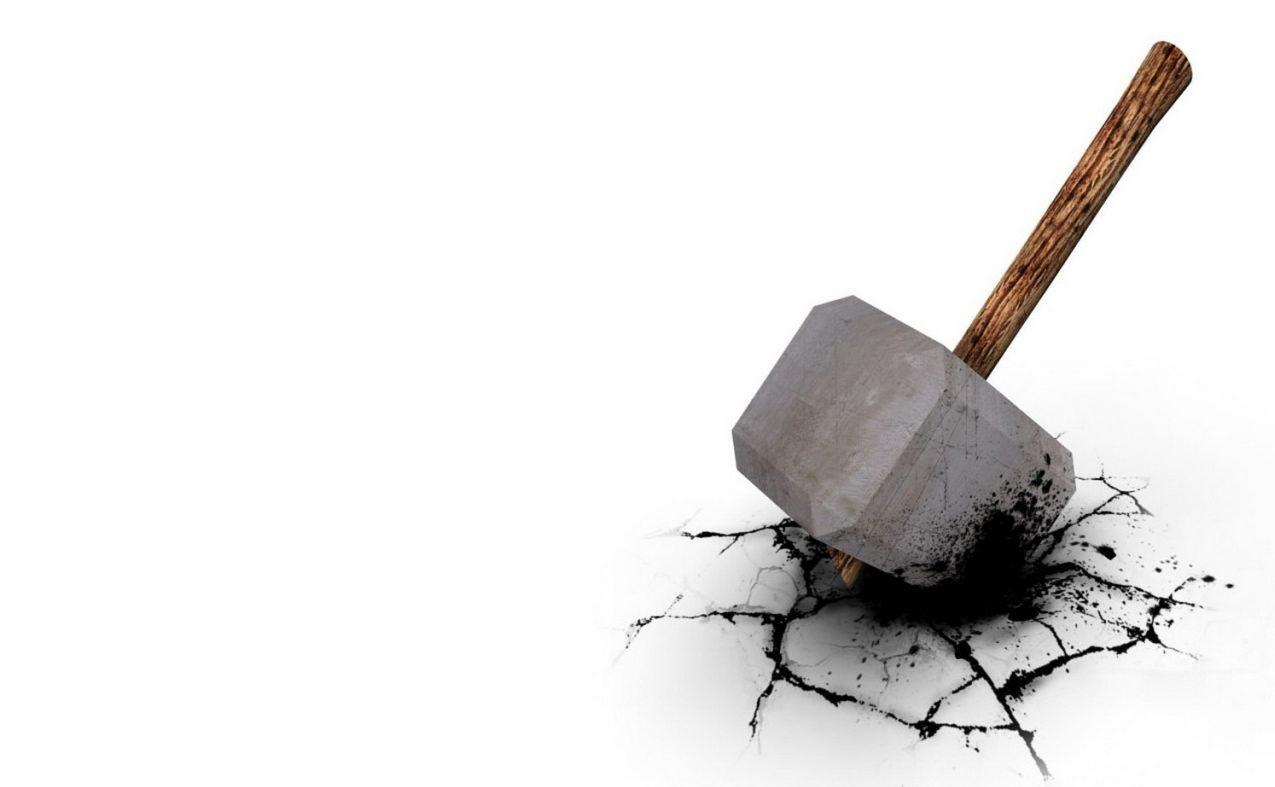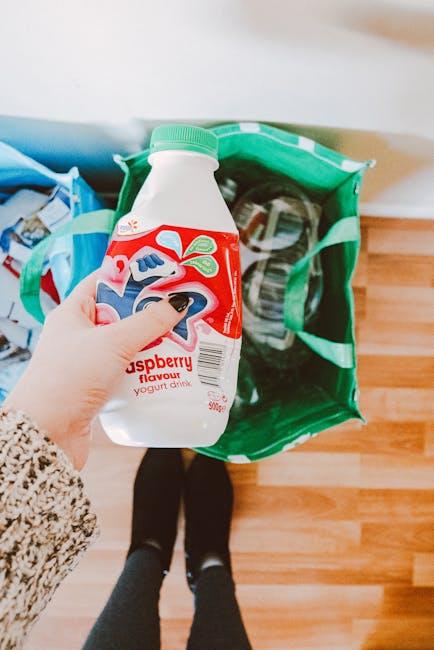In a world increasingly conscious of both comfort and the impact of our choices on the environment, the humble toothbrush has emerged as an unexpected battleground between tradition and innovation. On one side stands the bamboo toothbrush—a product of nature, celebrated for its eco-amiable attributes and minimalist charm. Opposing it is indeed the plastic toothbrush, a stalwart of oral hygiene that promises durability and convenience. As consumers navigate the often confusing waters of sustainability and personal care, the question looms larger than ever: which option truly lays claim to the throne of comfort, longevity, and responsible waste management? In this exploration, we will delve into the characteristics of bamboo and plastic toothbrushes, illuminating the nuances of their performance and environmental footprint, ultimately empowering you to make a more informed choice for your daily routine.

Exploring the Comfort Factor: bamboo and Plastic Toothbrushes in Your Daily Routine
When it comes to our daily dental care routine, the feel of a toothbrush in our hand can greatly influence our brushing experience. **Bamboo toothbrushes**, with their organic texture, offer a warm and earthy grip that can cultivate a more pleasant and mindful brushing environment. The smooth and slightly porous nature of bamboo can provide a tactile satisfaction that many users find appealing.In contrast, **plastic toothbrushes** frequently enough feel slick and synthetic, sometimes lacking the ergonomic qualities that encourage comfort during brushing sessions. While the design of some plastic alternatives may include rubberized grips, they can still give off a less environmentally friendly vibe, which may detract from the overall experience for those conscious of sustainability.
In terms of durability, both materials have distinct characteristics that appeal to different preferences.**Bamboo toothbrushes** are usually designed to last for several months but may require more careful handling to avoid wear in humid bathroom conditions. The natural fibers of bamboo can fray over time, leading to reduced effectiveness in plaque removal. On the othre hand, **plastic toothbrushes** are made for longevity and resilience, allowing for a consistently effective dental hygiene routine without the need for frequent replacements. The trade-off, however, is that they contribute to plastic waste, impacting the environment negatively. Balancing comfort and practicality is essential in choosing the right toothbrush,making an informed choice essential for both oral health and ecological responsibility.

Durability Showdown: How Bamboo and Plastic Stand the Test of Time
When examining the longevity of bamboo and plastic toothbrushes, it’s important to consider the different properties and environmental impacts of each material. **Bamboo toothbrushes** are made from a natural resource that is both lightweight and biodegradable. This means that while the bristles may wear out over time, the handle will naturally decompose, returning to the earth without harmful residues. On the other hand, **plastic toothbrushes**, while known for their durability, typically last for several years but contribute substantially to environmental pollution.Most plastics are not biodegradable, leading to waste that can persist for centuries, affecting marine life and ecosystems.
To emphasize this comparison, let’s look at some critical aspects of durability:
| Feature | Bamboo Toothbrush | Plastic Toothbrush |
|---|---|---|
| Material Longevity | 3-4 months (bristles wear out first) | Up to 3 years (remains intact) |
| Environmental Impact | Biodegradable | Non-biodegradable |
| Decomposition Time | 1-2 years (handle) | Hundreds of years |
Ultimately, the choice between bamboo and plastic toothbrushes comes down to your values regarding convenience and sustainability. While you may find that plastic offers a longer-lasting option, the ecological consequences of that choice can be significant.Opting for bamboo toothbrushes not only supports a sustainable practice but also contributes to reducing plastic waste in our oceans and landfills.

Waste Matters: Environmental Impact of Bamboo and Plastic Toothbrushes
When it comes to environmental impact, the choice between bamboo and plastic toothbrushes is significant. Bamboo toothbrushes, made from a renewable resource, decompose naturally over time, promoting a more sustainable lifestyle. In contrast, plastic toothbrushes contribute to the staggering amounts of waste in landfills and oceans, taking hundreds of years to decompose.**As individuals seek eco-friendly alternatives**,they might find that the switch to bamboo not only reduces plastic waste but also offers a tactile experience that many users appreciate. The natural materials used in bamboo brushes often provide a unique ergonomic feel that many find comforting during daily use.
Its essential to consider the overall life cycle of each type of toothbrush when evaluating their waste impact. Bamboo toothbrushes typically come with biodegradable packaging, further minimizing their environmental footprint. Conversely, the plastic in conventional toothbrushes isn’t just the handle; bristles are often made from nylon, complicating recycling efforts. Here’s a comparison of their environmental impacts:
| Feature | Bamboo Toothbrush | Plastic Toothbrush |
|---|---|---|
| Material | renewable bamboo | Petroleum-based plastic |
| Decomposition | Biodegradable in 3-6 months | Takes 400-1000 years |
| Packaging | Biodegradable | Plastic packaging |
| Environmental Footprint | Lower | Higher |

Making an Informed Choice: Recommendations for Sustainable Dental Care
When considering your dental care routine, the choice between bamboo and plastic toothbrushes plays a significant role in sustainability. **Bamboo toothbrushes** are often praised for their eco-friendly attributes, such as:
- Biodegradability: Unlike plastic, bamboo is a natural material that will decompose, reducing landfill waste.
- Antibacterial properties: bamboo naturally resists the growth of bacteria, contributing to a cleaner brushing experience.
- Comfort: Many users find the ergonomic designs of bamboo handles provide a comfortable grip, enhancing their brushing experience.
On the other hand, **plastic toothbrushes** may still dominate the market due to their longevity and availability. Key points include:
- Durability: Plastic toothbrushes can withstand harsh conditions and are less susceptible to damage during use.
- Variety: They offer a wider range of options in terms of bristle softness and handle designs, catering to diverse preferences.
- Affordability: Typically, plastic options are less costly, making them more accessible to a greater number of consumers.
Closing Remarks
In the battle of bamboo versus plastic toothbrushes, both contenders have their merits and flaws, making the choice ultimately a personal one. As we navigate the pathways of comfort, durability, and waste, it becomes clear that the journey to oral hygiene doesn’t have to come at the expense of our planet.
Bamboo, with its eco-friendly charm, offers a natural touch but may require some adjustment in terms of durability. Plastic, on the other hand, provides a familiar convenience but contributes significantly to environmental pollution.
So, as you stand at the crossroads of toothbrush choices, consider not just what feels good in your mouth, but what feels right for the world around you. Whether you lean towards the sustainability of bamboo or the reliability of plastic, your decision can ripple through your daily routine, influencing both your oral health and the health of our beautiful planet.
it’s not just about which brush is better,but how your choice can definitely help shape the future.choose wisely,and remember that every small change can lead to a cleaner,greener tomorrow.


